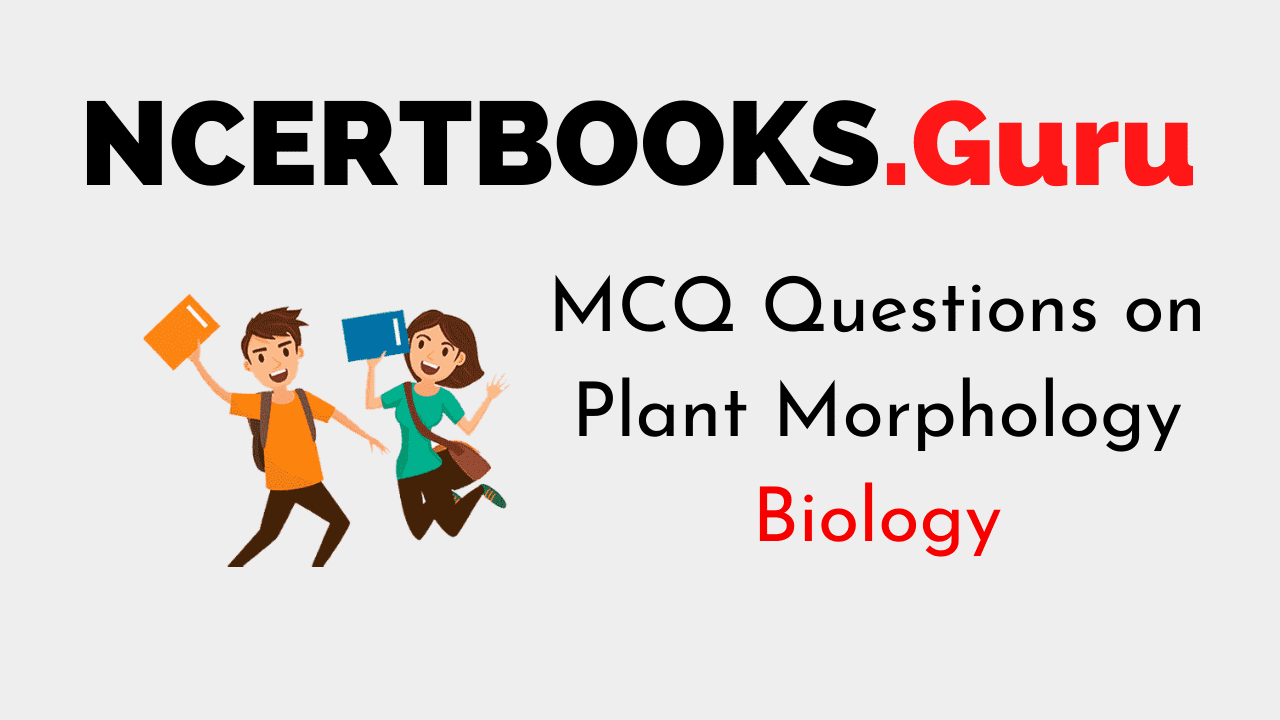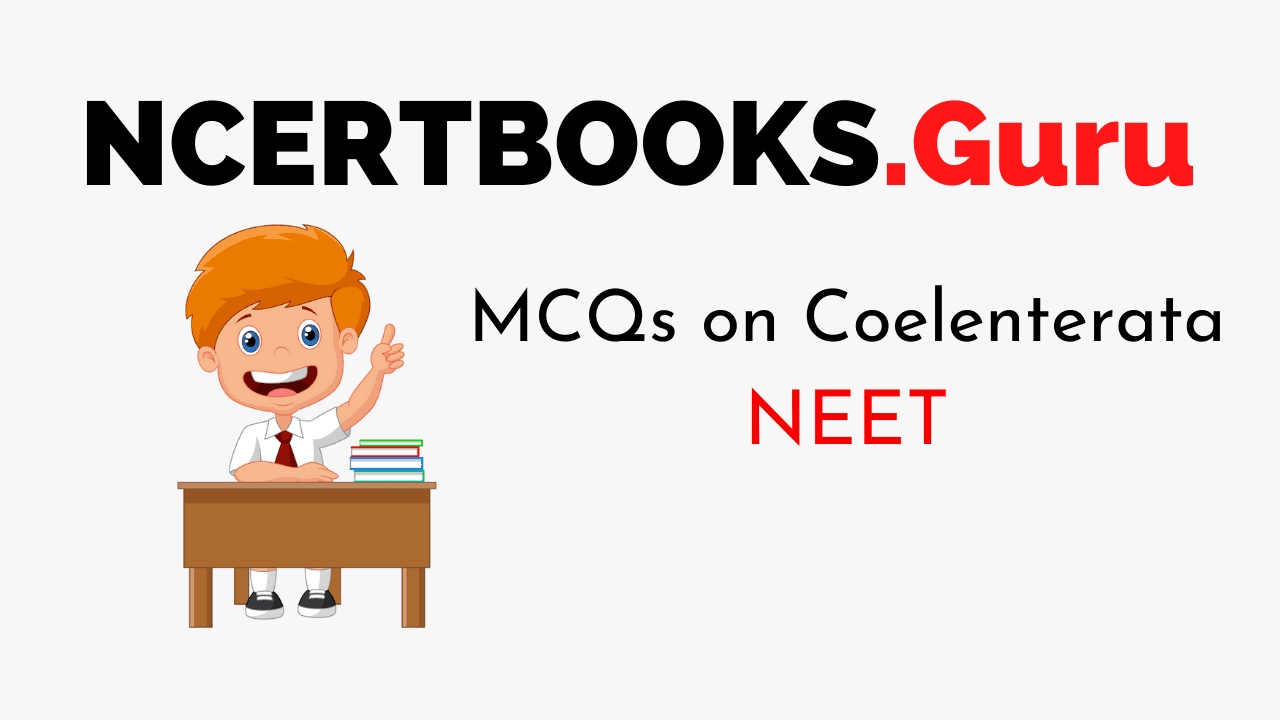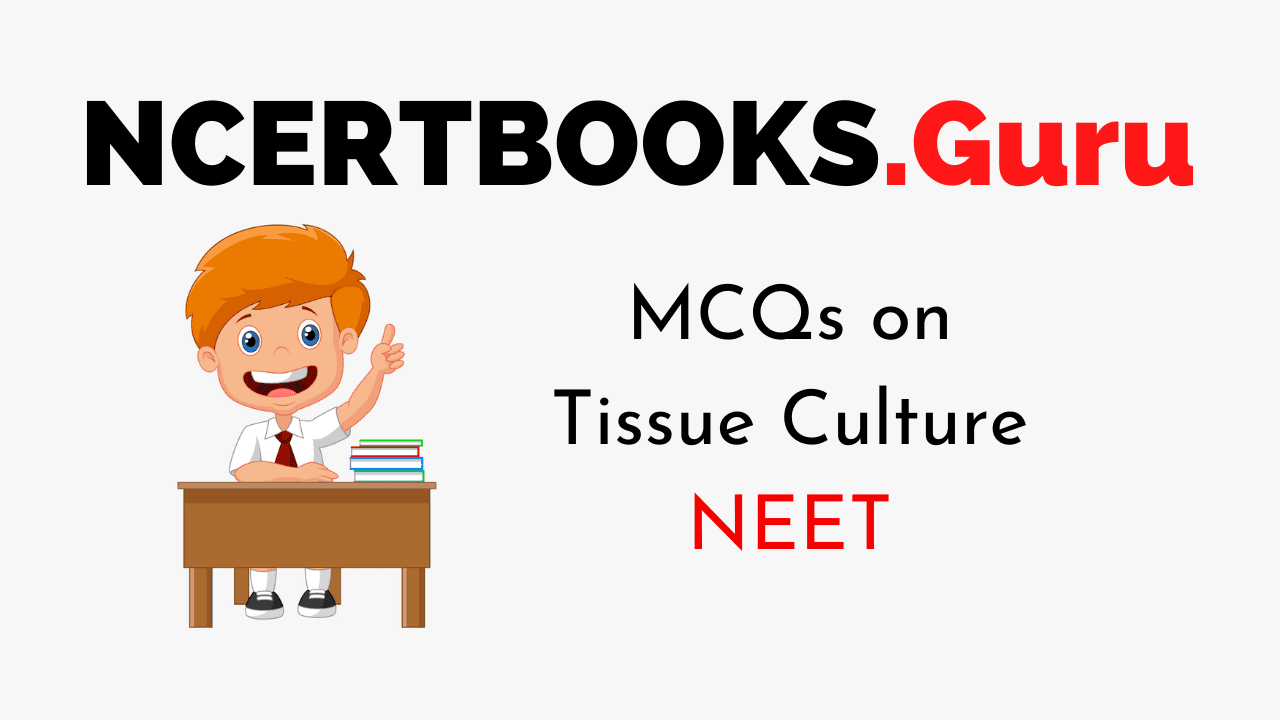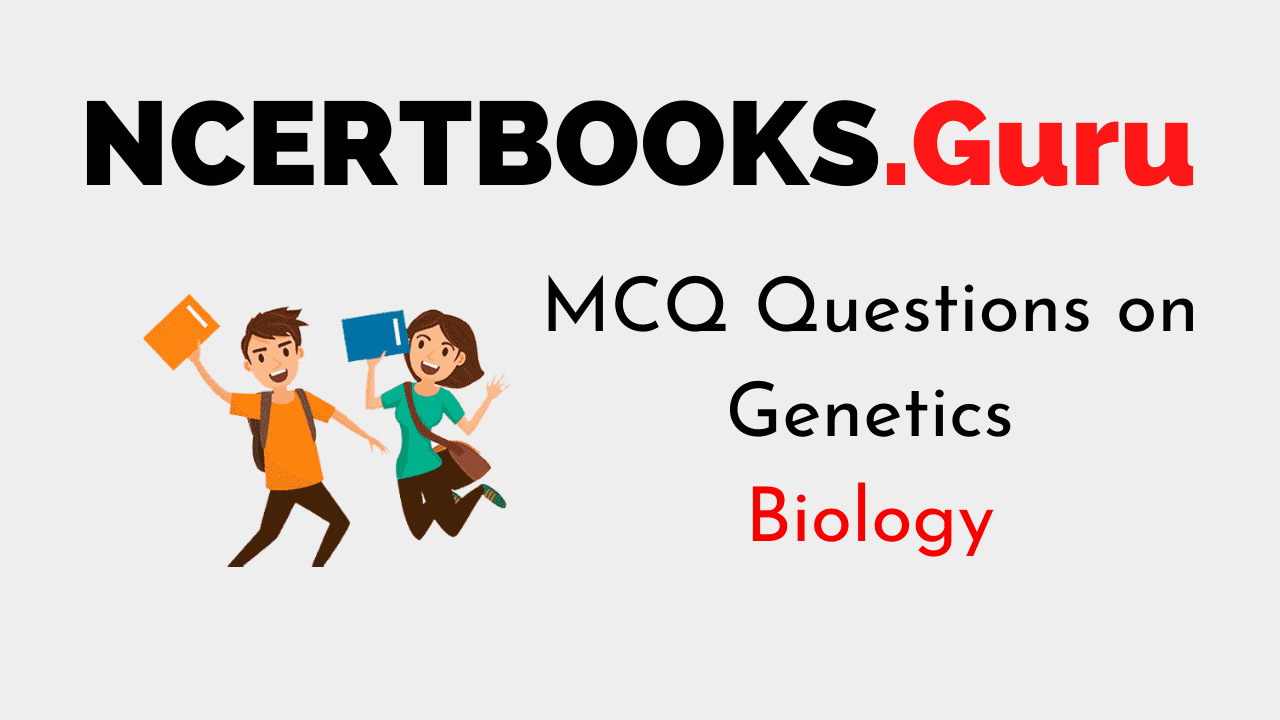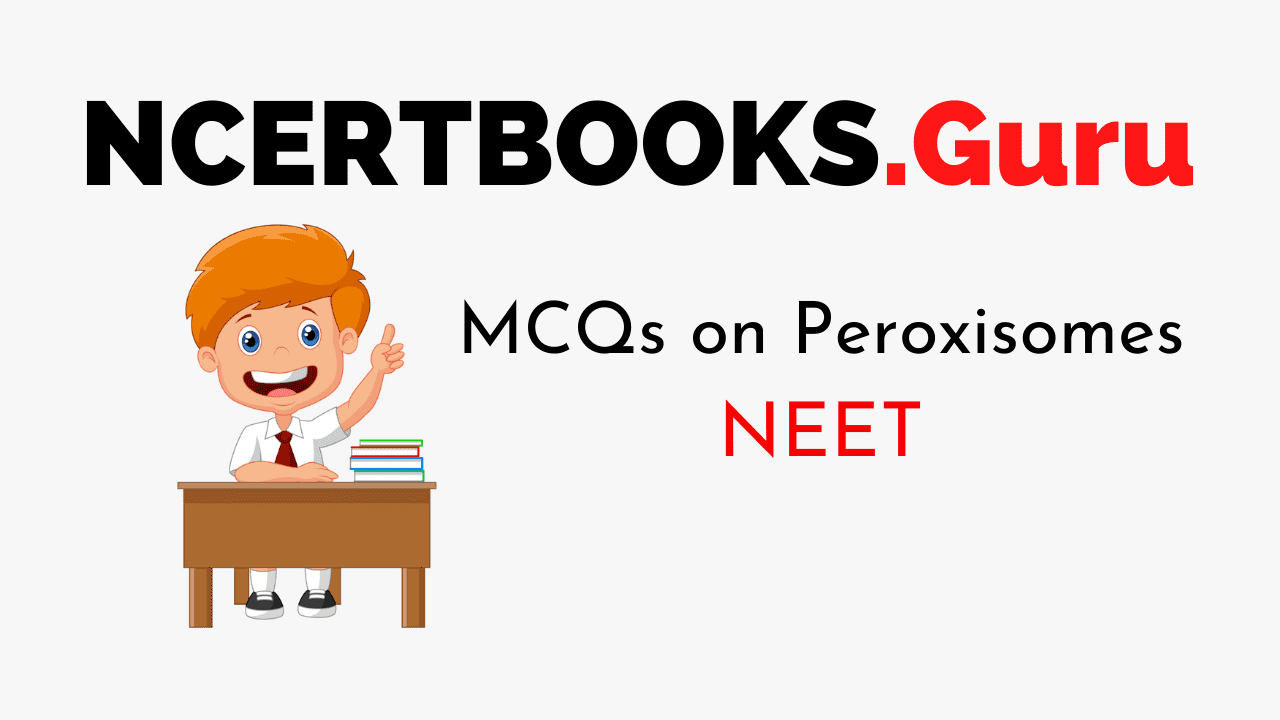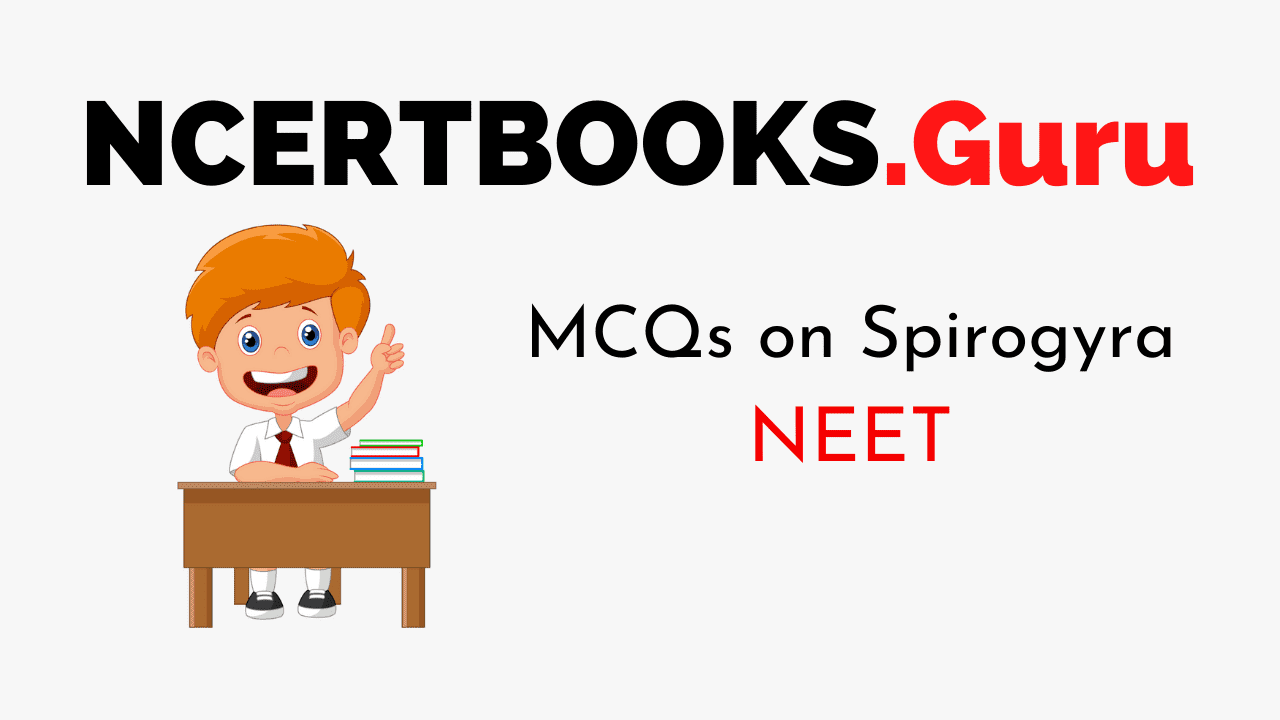MCQ Questions on Plant Morphology
1. Water is absorbed by
(a) Root cap
(b) Root apex
(c) Root hairs
(d) Root
Answer
Answer: (c) Root hairs
2. Roots that develop from plant parts other than the radicle are
(a) Epicaulous
(b) Fibrous
(c) Adventitious
(d) Epiphyllous
Answer
Answer: (c) Adventitious
3. Pneumatophores occur in plants of
(a) Marshy soil
(b) Saline soil
(c) Water
(d) Sandy soil
Answer
Answer: (a) Marshy soil
4. Food present in bulbil occurs in
(a) Root
(b) Petiole
(c) Leaf base
(d) Stem
Answer
Answer: (c) Leaf base
5. Sweet potato is a modification of
(a) Leaf
(b) Primary root
(c) Adventitious root
(d) Underground root
Answer
Answer: (c) Adventitious root
6. Phyllotaxy is
(a) Folding leaf in the bud
(b) Arrangement of leaves on the stem
(c) Both (1) and (2)
(d) None
Answer
Answer: (b) Arrangement of leaves on the stem
7. Winged petiole is found in
(a) Acacia
(b) Peepal
(c) Citrus
(d) Radish
Answer
Answer: (c) Citrus
8. _______ is the characteristic of monocot plants
(a) Stilt roots
(b) Taproots
(c) Fibrous roots
(d) Annulated roots
Answer
Answer: (c) Fibrous roots
9. Which root modification does not store food?
(a) Stilt
(b) Conical
(c) Napiform
(d) Tuberous
Answer
Answer: (a) Stilt
10. Bulbils participate in
(a) Vegetative reproduction
(b) Sexual reproduction
(c) Respiration
(d) Transpiration
Answer
Answer: (a) Vegetative reproduction
11. Nodulated roots enrich the plant with
(a) Proteins
(b) Fats
(c) Carbohydrates
(d) Food
Answer
Answer: (a) Proteins
12. ______ is the edible part of a banana
(a) Epicarp and mesocarp
(b) Epicarp
(c) Mesocarp and less developed endocarp
(d) Endocarp and less developed mesocarp
Answer
Answer: (c) Mesocarp and less developed endocarp
13. Which plant has all roots?
(a) Podostemon
(b) Utricularia
(c) Lemna
(d) Wolffia
Answer
Answer: (a) Podostemon
14. Velamen takes part in
(a) Exchange of gases
(b) Transpiration
(c) Absorption of moisture from the air
(d) Absorption of water from the soil
Answer
Answer: (c) Absorption of moisture from the air
15. Leaves are attached to the stem at
(a) Internode
(b) Nodes
(c) Apical meristem
(d) Axillary meristem
Answer
Answer: (b) Nodes
16. ———– plants have root pockets
(a) Opuntia
(b) Capparis
(c) Banyan
(d) Eichhornia
Answer
Answer: (d) Eichhornia
17. Turmeric is a stem because
(a) It grows parallel to the soil surface
(b) It stores food material
(c) It has chlorophyll
(d) It has nodes and internodes
Answer
Answer: (d) It has nodes and internodes
18. Vivipary is the characteristic of
(a) Mesophytes
(b) Xerophytes
(c) Hydrophytes
(d) Halophytes
Answer
Answer: (d) Halophytes
19. The outer covering of the epiphytic root is
(a) Rhizophore
(b) Osmophore
(c) Pneumatophore
(d) Velamen
Answer
Answer: (d) Velamen
20. A root hair does not contain
(a) Vacuole
(b) Chloroplast
(c) Cell wall
(d) Nucleus
Answer
Answer: (b) Chloroplast
